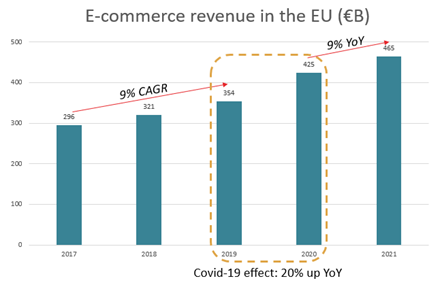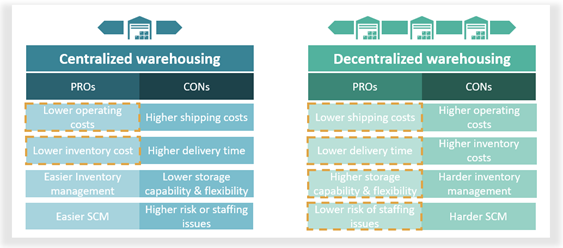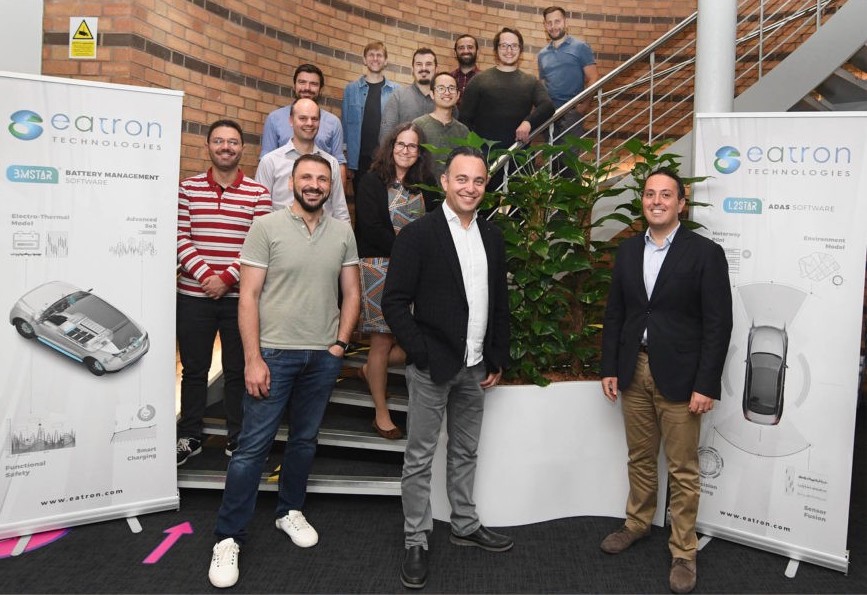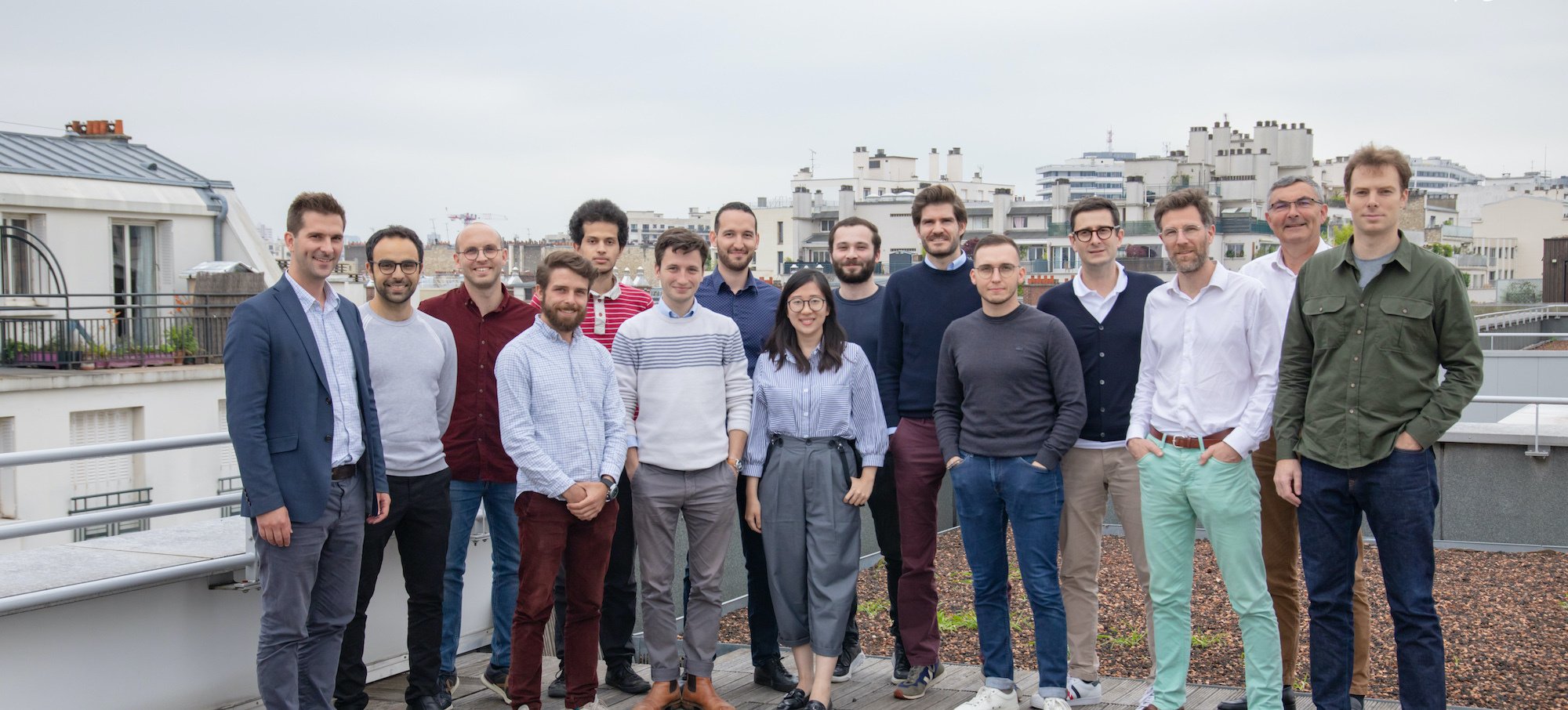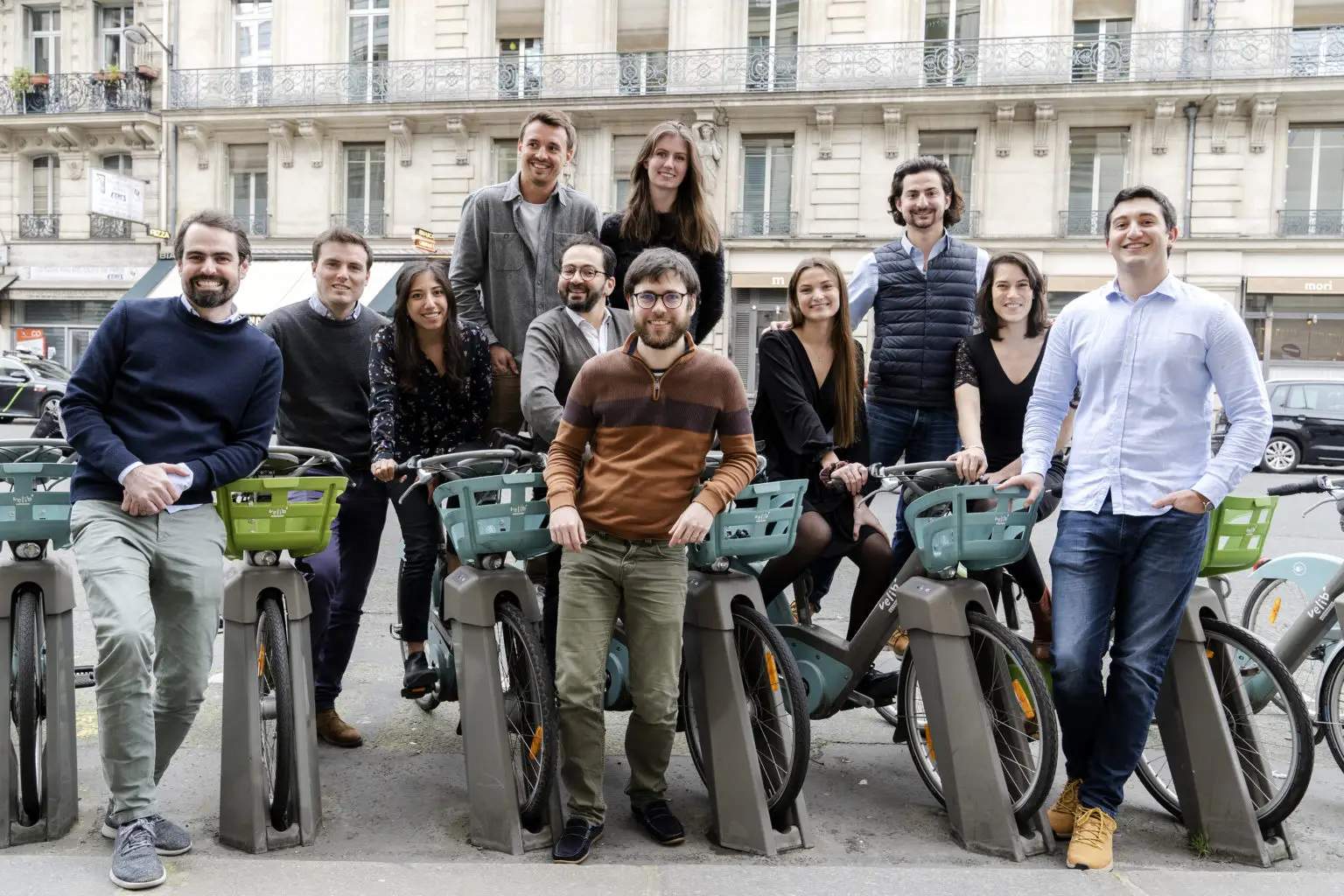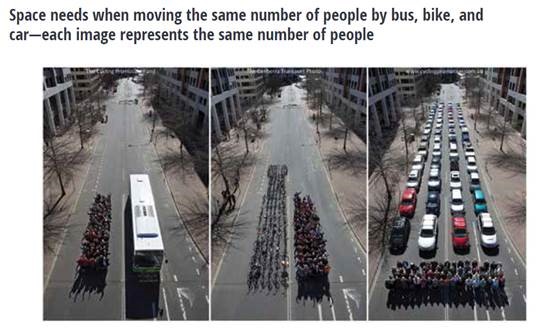EyeLights has announced the completion of its €20 million Series A. We’re delighted to welcome this company to the Aster Family, an investment we made with other news investors, Shift4Good, BPI France and EIC – Innovation Fund, as well as with other key existing shareholders.
After an initial seed round back in 2018, this Series A will help the talented duo Romain Duflot and Patrice Nagtegaele, to strengthen their capabilities to scale their head-up display (HUD) technology in the motorcycle sector and accelerate its deployment in the automotive space.
We have seen several attempts to turn augmented reality (AR) technologies into industrial or more specifically automotive applications, but all have had a hard time to successfully scale in such conservative environments. In general, these attempts have failed due to two major issues: lack of technology and product readiness on the one hand, and lack of compelling business/use cases on the other.
With EyeLights and its HUD technology, we believe that AR applications are getting one decisive step closer to reality, as the performance of early prototypes has impressed several industry leaders. Additionally, the business case is very clear: by revolutionizing car cockpits, there is a dual benefit of avoiding several plastic components and increasing driver safety.
Mixed and Augmented Reality find compelling applications in cars
As it has become increasingly evident from the amount of innovative applications that car OEMs brought to the latest CES in Las Vegas (Jan 2023), the in-cabin experience for both drivers and passengers is expected to make leap frogs in the next few years.
We believe that some of the most convincing visual applications are those around the concept of mixed reality. The BMW iVision Dee concept presented at the last CES is a great example. On this concept car, one of the main applications presented was the BMW’s new head-up display, where the key selling proposition is functionality. To put it with the words of Oliver Zipse, President and CEO of BMW, this represents the “perfect blend between virtual and real worlds” and, according to BMW, it’s not an abstract concept, but a system that will be in series production as early as 2025 under the name of “BMW Panoramic Vision”.
Time and time again, we have seen BMW being the early adopter of successful key technologies, such as the i3 model back in 2013, when an all-electric car was still just a concept for most of car OEMs. The technology standard picked by BMW to showcase the new windscreen display is the one adopted by Eyelights, which is based on pure polarization of nanomaterials. EyeLights brings the capabilities of this standard to a new level by using a custom picture generative unit (PGU) as a light source to increase brightness.
We believe that new head-up display technologies, such as the one shown at CES, have the potential to provide car drivers with much safer[1] functionality than current human/machine interfaces. On top of that, with the windscreen becoming a single large display, we can expect completely new possibilities for the design of future vehicles.
Impact driven company
While many market observers see in-car displays getting too big, worsening the carbon footprint of cars and increasing potential distraction elements for drivers, Eyelights’ technology can remedy these shortcomings by turning windshields into displays, making all sorts of new gen entertainment features possible, while reducing the use of plastic, and hence contributing to a better car carbon footprint. The elimination of large dedicated display/pads inside cars will lead to a substantial reduction of CO2 emissions: on average, an iPhone screen accounts for about 100kg of CO2 and a large car display can account for up to 500kg of CO2 just for its production. Indirect advantages will also come from weight reduction (from removing screens and plastic cockpits) and reduction of plastic use (removal/reduction of cockpits).
While the automotive market will be the primary focus of the company’s product development efforts, Eyelights will also address the motorbike head-up display market to increase rider safety by helping them focus entirely on road trajectory, as opposed to current navigation features.
Joining forces with a high-potential founding team that is undertaking a long journey to crack the automotive interface space.
While several attempts have been underway for years by Car OEMs and Tier 1 suppliers, the tech and price challenges associated have massively reduced any opportunity for HUD wide market adoption so far. We believe that technological advances in optics, coupled with convincing entertainment and in car applications, make this the perfect moment to invest in a promising startup addressing such a market opportunity.
We are proud to back the two co-founders of EyeLights and, while this is their first startup founded and led together, we believe their previous experience is very relevant to what they are trying to achieve.
Romain worked at Dassault Aviation, and later at Airbus Flight Test to improve the certification process of new aircraft versions.
Patrice spent a few years at the Ecole Normal Sup Paris-Saclay after graduation to complete his PhD in optics. He then joined Carduan Technologies, the French specialist in advanced solutions for the characterization of nanoparticles and nanomaterials, where he stayed for about 8 years. He later joined Savimex, a French player specialized in the design and production of optical polymers. This is where Patrice met Romain in 2017 and later joined him at EyeLights.
[1] https://ntrs.nasa.gov/api/citations/20000021488/downloads/20000021488.pdf

